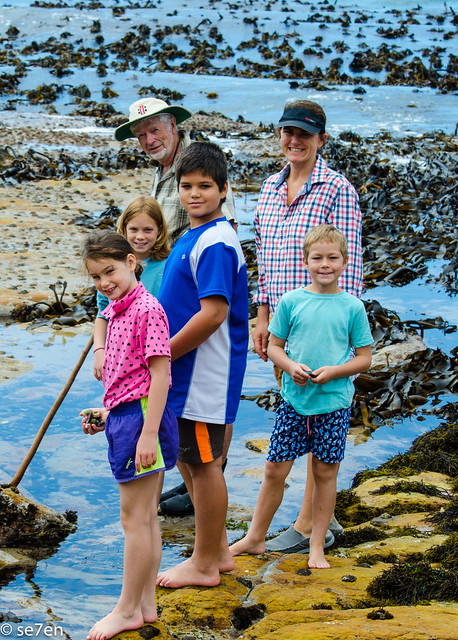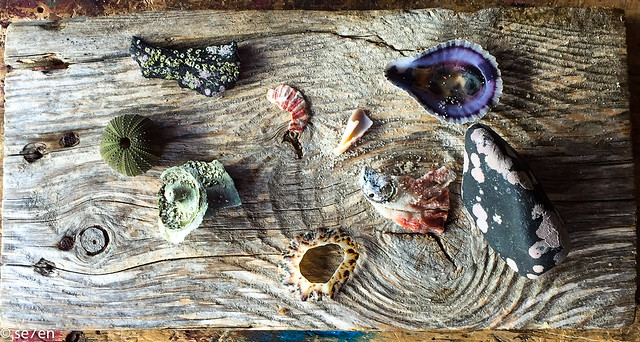It’s World Water Day… and Cape Town is experiencing critical water shortages. We have done no swimming in the pool all summer long, and as a result we have had an almost daily walk down to the beach for a swim and refresh.

The thing about living right at the beach is that you can head down anytime of the day and so avoid most of the crowds… and there is always time to discover something new and wonderful. Rock pooling is one of our favourite outings ever… it’s easy, there is always lots to look at, and plenty of time to play and learn.

And of course whenever we go rock pooling a million questions arise… What creature is this? and What creature is that? So many questions and a new edition of our favourite beach exploring book is out. Our previous edition has literally fallen apart with love and overuse… so we are thrilled to have a the new version to refer to. The book has four authors: George and Margo Branch, as well as Charles Griffiths and Lynnath Beckley, all renowned scientists in their field. We were lucky enough to spend some time exploring rock pools with George Branch, the father of rock pooling in South Africa, at a recent Creative Nature Books event… can you believe the joy at having an rock pooling expert with you as you go exploring…

Let’s take a look at the book… it is everything you need to find out about living things around our coastline. A brief introduction to the different regions and useful oceanographic information for exploring our coastline and then it dives straight into chapters according to how living things are classified: sponges, cnidarians and comb jellies, worms and kin, arthropods, bryozoans, lamp shells and molluscs, echinoderms, sea squirts and kin, fishes, reptiles and birds, mammals, seaweeds and flowering plants. The edges of each page are colour coded for quick referencing and finding specifics in each chapter. All most every species has a colour photographs to accompany it, and where necessary a pen drawing to elaborate any details. Otherwise each species has a location map, and a detailed description, the scientific name and a list of similar species.

This is a fantastic resource, we will be using it a lot, not just for school but for everyday life. It is so useful for looking things up when we are rock pooling but also later, when we get home and we want to fill things in our nature journals. For identifying our natural finds it has been fabulous… and it adds so much depth to our discoveries. This book is a great resource for the most ardent explorer… and yes I love with one or two of those and the dabbler who just wants to figure out what it is that they have discovered on a particular day. We don’t have a lot of reptiles along our coastline we do have over 2000 fish species along our coastline. Not to mention, all the incredible sponges and corals… page after page of beautiful sea shells this book is literally filled with wonder. There is a reason that this book is considered to be the quintessential guide for beach explorers all over South Africa.

Meeting the author was a very special day for us, with lots of questions asked and answered and at the same time so much love and enthusiasm for all things to do with the ocean was shared. Memories made a book literally come to life.

We would like to thank the publishers Struik Nature and Penguin Random House South Africa who supplied us with the books for review purposes. This was not a sponsored post and all opinions are as usual my own.

One Reply to “Two Oceans a Guide to the Marine Life of Southern Africa…”